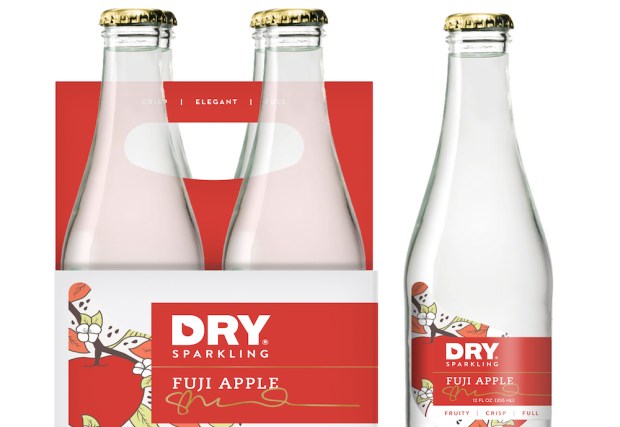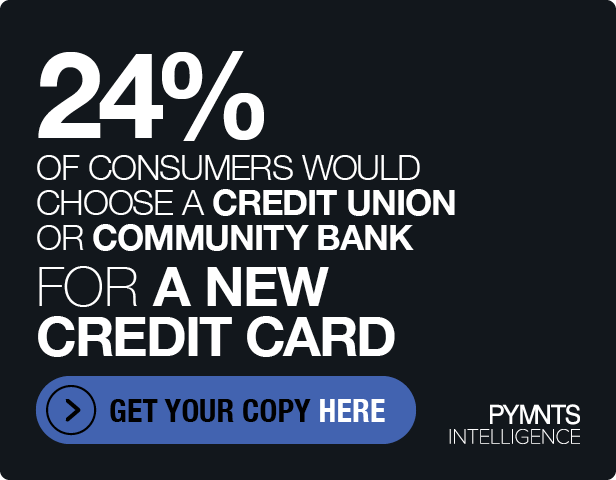Putting The Sparkle In Non-Alcoholic Cocktails

Like most innovators, Sharelle Klaus, CEO of DRY Sparkling, was first and foremost a person with a problem: She was a pregnant foodie, suddenly unable to pair her meals with wine and equally unable to find much outside of soft drinks or plain water in which to imbibe.
“I felt like there were no sophisticated options out there,” Klaus said.
But, entrepreneurs are not quitters by nature, and if the market wasn’t going to offer Klaus what she wanted in a beverage, well, she was going to have to build it herself. And thus, DRY Sparkling was born in 2005 — a soda for the sophisticated looking for a flavor more complex than “sugar.”
The DRY Sparkling trendy teetotalers instead get to chose between lavender, juniper berry and rhubarb — and far from the niche enterprise it was at its launch, Michelin starred restaurants now serve the creations to the discerning.
“We got into this early,” Klaus noted. “But now it’s becoming less niche.”
So much less niche, in fact, that foodie blogs are now offering in-depth tutorials on how to build the perfect non-alcoholic bar cart, lifestyle writers are suddenly enamored with them and bartenders are showing off with their own custom “mocktails.”
According to the experts, the rise of the soft cocktail in the U.S. has been a long time coming. After all, the trend has already gotten something of a foothold in Europe.
“It’s definitely a trend,” said Duane Stanford, editor of trade publication Beverage Digest. “Europe has just been further along when it comes to paying attention to sugar, paying attention to ingredients.”
And, regardless of whether Americans are concerned about their sugar intake, they are certainly dropping their alcohol intake. According to the International Wine and Spirits Record (IWSR) trackers, consumption dropped between 2015 and 2016. Likewise, U.K. alcohol consumption is down to its lowest level in 12 years with government statistics reporting 57 percent of the population as alcohol consumers.
While market watchers are looking at those changing consumption patterns and wondering if it will be a prelude to a larger shift in the marketplace, Klaus sees an expansion of consumer tastes.
“Really, I think consumers are looking for elevated, grownup drinks that just happen to have no alcohol in them,” she noted. “Consumers are looking for something better for them and are willing to pay to connect with that.”
Moreover, offering higher-end, more sophisticated non-alcoholic drink fair opens up not only a chance for the entrepreneur and the consumers to be refreshed by the offerings, but also brings a boon for the restaurant industry which has been given a new way to upsell to a non-drinker. That, Klaus said, makes non-drinkers feel welcome.
Kraus noted that in her pre-DRY Sparkling days, she once passed up on a dining invitation at The French Laundry — a world-famous Napa dining destination — because she couldn’t see traveling for hours to watch her friends eat meals that were perfectly paired with wine while she drank water.
“What would have been the point?” Klaus asked.
And, for many non-drinkers, socializing in a bar or barlike environment brings out a similar reaction. Sure, one could go out anyway, but there is not a lot of room for the non-drinker to be part of the event when drinking cocktails is central to the activity. By expanding the adult drink offerings, consumers have an opportunity for a positive experience and more chances to build stronger, positive associations with the brand.
Plus, Kraus noted, even among those who drink — those foodies who love a good wine pairing, for example — drinking is not always an option. Maybe one is driving or simply tired, or perhaps he or she drank too much the previous night or is just not in the mood to imbibe at all.
The point is to give the customers choices, and a chance to build tastes more diverse and interesting than determining if Coke or Pepsi will be acting as their wine substitute of the day.
